Table of content
Deep-frying frozen fish is a culinary skill that bridges convenience and flavor, offering a crispy exterior and tender interior when executed correctly. However, achieving the ideal balance between a golden-brown crust and fully cooked fish requires precision, especially when working with frozen products. This article delves into the science and techniques behind deep-frying frozen fish, exploring the critical factors that influence cooking time, safety protocols, and tips for consistent, restaurant-quality results.
Understanding the Basics of Deep-Frying Frozen Fish
Deep-frying is a cooking method that submerges food in hot oil, typically between 350°F (177°C) and 375°F (190°C), to cook it rapidly while creating a crunchy texture. When dealing with frozen fish, the process differs slightly from fresh or thawed varieties. The ice crystals in frozen fish lower the oil’s temperature upon contact, extending cooking time and requiring adjustments to prevent sogginess or uneven cooking.
Why Cooking Time Matters
Undercooked fish poses health risks, while overcooking leads to dryness. Frozen fish, due to its lower starting temperature, demands a longer frying duration than fresh counterparts. However, overcompensating with excessive heat or time can result in a burnt exterior and raw center. Striking the right balance hinges on understanding variables like fish thickness, oil type, and batter consistency.
Factors Influencing Cooking Time
-
Fish Thickness and Size:
- Thicker fillets (e.g., cod, haddock) require 5–7 minutes, while thinner varieties (e.g., tilapia, sole) may need 3–5 minutes.
- Uniformity in size ensures even cooking; avoid mixing small and large pieces.
-
Oil Temperature:
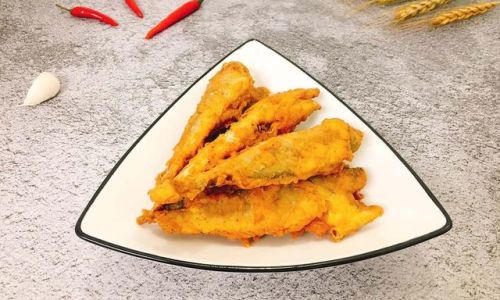
- Maintaining 350–375°F (177–190°C) is crucial. Lower temperatures increase oil absorption and cooking time, while higher heat risks burning.
- Use a thermometer to monitor fluctuations, especially when adding cold fish.
-
Breading or Batter:
- Thick coatings (e.g., beer batter) insulate the fish, adding 1–2 minutes to cooking time.
- Lightly breaded varieties (e.g., panko crust) cook faster but require careful flipping to prevent burning.
-
Frozen vs. Partially Thawed:
- Fully frozen fish extends cooking time by 2–3 minutes compared to partially thawed fillets.
- Never thaw fish at room temperature; use refrigerator thawing for safety.
-
Oil Type:
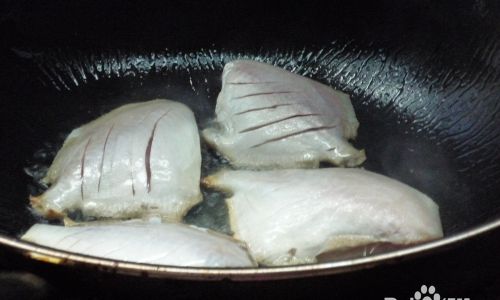
Neutral oils with high smoke points (e.g., canola, peanut) are ideal. Avoid olive oil, which burns at lower temperatures.
Step-by-Step Guide to Deep-Frying Frozen Fish
Preparation
-
Thawing (Optional but Recommended):
- Thaw frozen fish in the refrigerator overnight or under cold running water for 30 minutes. Pat dry to remove excess moisture, which prevents splattering.
- Skipping thawing? Increase cooking time by 2–3 minutes and use a lower initial oil temperature (325°F/163°C) to gradually raise the fish’s internal temperature.
-
Seasoning and Coating:
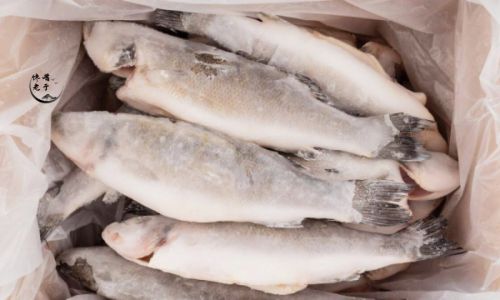
- Lightly season frozen fillets with salt, pepper, or spices before breading.
- For batter, use a mixture of flour, cornstarch, and cold liquid (e.g., beer, seltzer) for a crisp texture. Avoid overmixing to prevent gluten formation.
Preheating the Oil
- Fill a deep fryer or heavy-bottomed pot with oil to a depth of 3–4 inches.
- Heat to 350°F (177°C). Use a clip-on thermometer for accuracy, as visual cues (e.g., shimmering oil) can be misleading.
Frying Technique
- Lower Gently: Submerge fish in oil using tongs or a slotted spoon to avoid splashes.
- Avoid Overcrowding: Fry in batches to maintain oil temperature. Overcrowding drops the temperature, leading to greasy results.
- Monitor Time:
- Thin fillets (¼–½ inch thick): 3–4 minutes.
- Thick fillets (½–1 inch thick): 5–7 minutes.
- Battered fish: Add 1–2 minutes for the coating to crisp.
Testing for Doneness
- Internal Temperature: Use a meat thermometer; fish is cooked at 145°F (63°C).
- Visual Cues: The flesh should flake easily with a fork, and the coating should be uniformly golden.
- Texture Test: Press gently; cooked fish feels firm but not hard.
Draining and Serving
- Place fried fish on a wire rack or paper towels to absorb excess oil.
- Serve immediately with tartar sauce, lemon wedges, or malt vinegar.
Common Mistakes and Solutions
-
Soggy Coating:
- Cause: Low oil temperature or overcrowding.
- Fix: Preheat oil properly and fry in small batches.
-
Uneven Cooking:
- Cause: Inconsistent fillet thickness.
- Fix: Pound thicker fillets to even thickness or adjust frying time accordingly.
-
Burnt Exterior, Raw Interior:
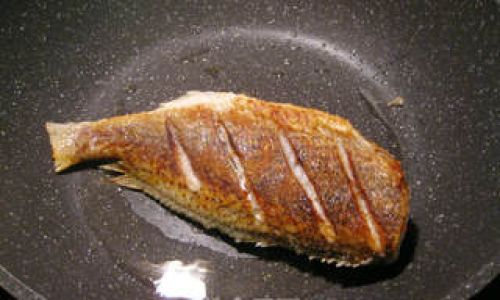
- Cause: High heat or insufficient cooking time.
- Fix: Lower oil temperature slightly and extend frying time by 1–2 minutes.
-
Excessive Oil Absorption:
- Cause: Overhandling or old oil.
- Fix: Use fresh oil and avoid moving fish excessively during frying.
Advanced Tips for Perfect Results
- Double Frying: For ultra-crispy results, fry once at 325°F (163°C) for 3 minutes, cool, then refry at 375°F (190°C) for 1–2 minutes.
- Breading Station: Set up a three-step breading process (flour, egg wash, breadcrumbs) for even adhesion.
- Oil Reuse: Strain and store used oil in a cool, dark place for up to one month. Discard if it smokes excessively or develops an off odor.
Safety Precautions
- Prevent Splatters: Dry fish thoroughly before frying and use a splatter screen.
- Fire Safety: Keep a lid nearby to smother oil fires. Never use water on grease fires.
- Thermal Protection: Use oven mitts and long tongs to avoid burns.
Pairing Suggestions
- Tartar Sauce: Mix mayonnaise, pickles, capers, and lemon juice.
- Malt Vinegar: A British classic for fried fish.
- Coleslaw: A crisp, creamy side to balance richness.
- Chips (Fries): Double-fry for a classic fish-and-chips combo.
Conclusion
Deep-frying frozen fish is a blend of science and artistry. By mastering variables like oil temperature, fish thickness, and cooking time, even novice cooks can achieve flawless results. Remember that practice enhances precision—start with thinner fillets and simpler batters before tackling thicker varieties. Whether you’re preparing a quick weeknight dinner or impressing guests, the golden-brown crunch of perfectly fried frozen fish will always delight. With patience and attention to detail, you’ll soon wonder why you ever doubted the potential of frozen seafood.
Final Note: Always prioritize food safety by adhering to proper thawing and cooking guidelines. When in doubt, use a thermometer to verify doneness. Happy frying!
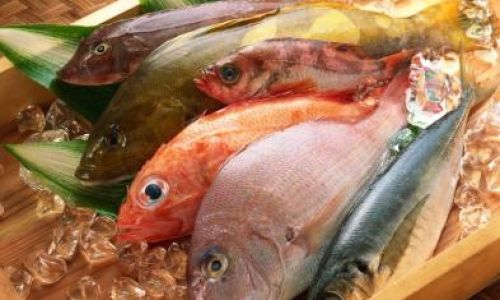
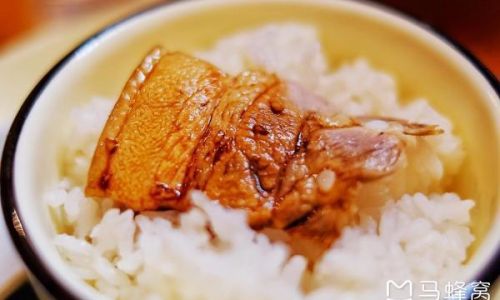
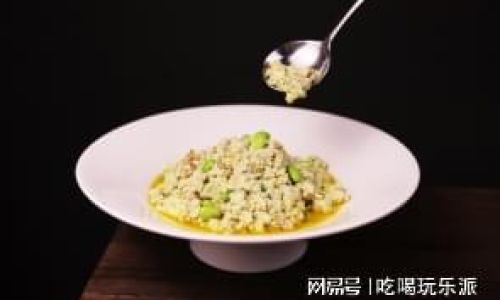


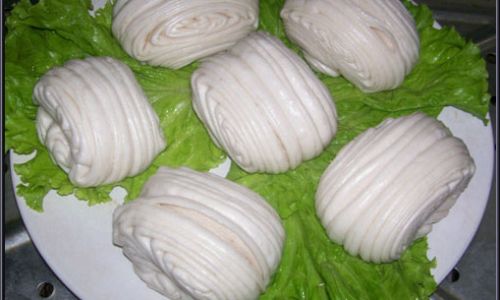
0 comments